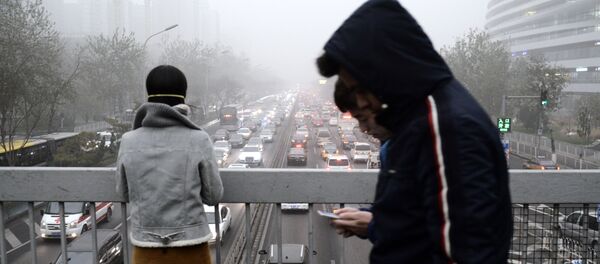Last year, the government announced a change in policy allowing families to have two children. Officials expected a baby boom, however, that did not happen.
Meanwhile, the economy still faces the problem of falling numbers of working-age citizens. The recent decision by local authorities looks like a new attempt to increase the birth rate in the country because the demographics for China do not look very good.
According to the Chinese demographers, by 2050 China's population will be 1.45 billion people and one in three Chinese will be over 60 years old.
This not only reduces the possibility for reproduction of the labor force but also significantly increases the burden on the social security system and health care in China.
This prospect is quite gloomy for the Chinese economy, hence, not only the central government but also regional governments are concerned with this prospect. In the new population policy, local authorities are taking various measures to increase the birth rate in the country.
Since January, Chinese provinces have been amending their own regulations on how many days of paid leave parents are entitled to.
Last month, Guangdong province agreed that fathers could take 15 days of paternity leave. Gansu, Yunnan and Henan provinces have become the envy of the country with 30 days of legal paternity leave, followed by 25 days in Inner Mongolia, Guangxi and the Ningxia Hui Autonomous Region.
Under a new rule, citizens of Beijing who have children from a previous marriage are permitted to have another child.
Nevertheless, authorities fear that many will not want to use this possibility as the education of two children in the face of rising prices in China may be too costly for a family to manage.
Problems of this nature occur in many industrialized countries, including Russia. Since January 1, 2007 there has been a form of state support for families with children, called the “payment of maternity capital.”
The payment is given to families who give birth or adopt a second, third or subsequent child that has Russian citizenship. The maternity capital can be spent for the following purposes: to improve living conditions, for education or to pay medical costs.
Currently, the amount of maternity capital in Russia is 450,000 rubles [7160 US dollars] per year.




